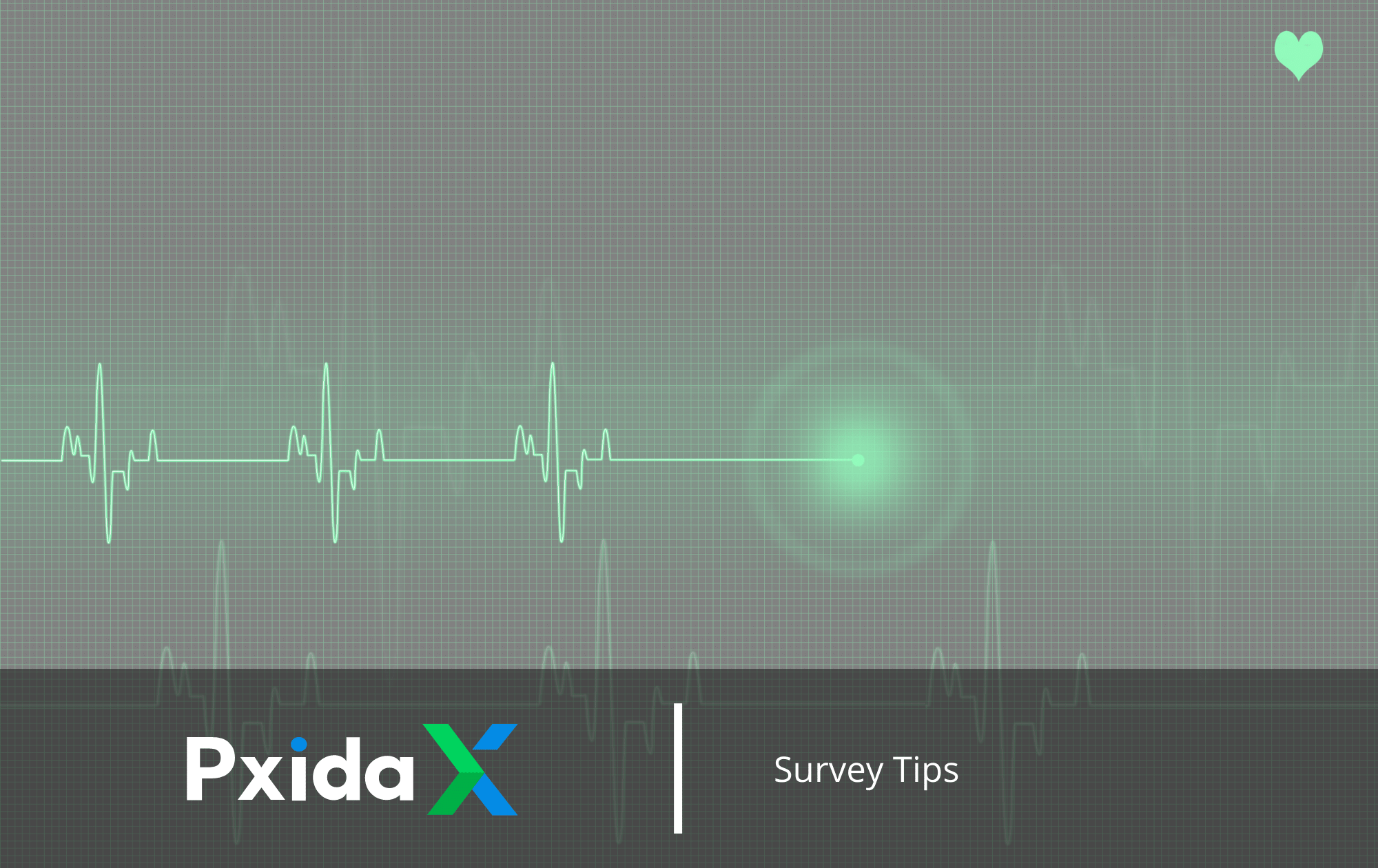What Is a Pulse Survey and Why is It Important?
Pulse surveys tend to be short and concise. In terms of employee experience, the purpose of pulse surveys is to track the progress of the employees in the organization. Pulse surveys are used to gather employee views on subjects such as job roles, work environment, relationships, and communication. These are conducted on a regular basis, such as weekly, monthly, or quarterly. Pulse surveys give employers a reliable source of data for taking action to improve the organization.
On the flip side, in terms of customer experience, pulse surveys allow you as a business to check in with your customers and audience for the purpose of ensuring continued loyalty and happiness towards your brand. Pulse surveys allow your customers to identify current, immediate issues in their experience rather than issues from, let’s say, six months ago. As a business, this will allow you to promptly follow up and investigate any issues further so they can be resolved as soon as possible.
Keeping all this in mind, how can you as a business design an efficient and concise pulse survey for your employees and customers? Here are some tips and tricks below.
Choose the Right Audience
Choosing an audience should be the first thought prior to even creating the survey. Choosing the right audience will allow you to ask the right questions at the right time. This will also allow you to decide if you want to keep the survey anonymous or attributed. Sometimes, pulse surveys are mandated to be anonymous rather than attributed, but when it comes to making a decision between both options, survey makers have to weigh the impact of anonymity on respondent honesty with whether the attributed data makes a difference in the final data analysis. By leaving the survey anonymous, respondents might be more willing to share their candid feedback, rather than when they know their feedback can be tied directly back to them.
Use both open-ended and close-ended questions
Although not always encouraged in other survey structures, it is suggested to use at least one open-ended and close-ended question in pulse surveys. Start with a close-ended question and follow up with an open-ended question. This will allow you to get a direct rating or answer with the close-ended question and then get more detail from the respondent with the following open-ended question. This can look like a simple rating question on a five-point scale, followed by a text box question related to the rating, such as “what aspects of your experience impacted the rating you gave?” or even giving two text box questions, one for positive feedback and one for negative. This way, you can balance the type of data you’re collecting between discrete data points and longer written responses, even in a short pulse survey.
Plan Which Questions Need to be Answered
Controlling whether surveys responses are mandatory or not at a specific question level is hugely important for the flow of the survey. Even for a quick pulse survey, you’ll need to decide which of the handful of questions you really need to be answered and which ones can be left non-mandatory and optional for respondents. This way, even with the short length of pulse surveys, there’s flexibility in how many questions need to be answered. This can be strategically applied to the close and open-ended questions, making the quick decision close-ended questions mandatory, and keeping the longer open-ended questions optional in case the respondent doesn’t want to go into details.
Benefits of Pulse Surveys
One benefit of pulse surveys is the reassurance that the problem at hand will result in a quick and efficient resolution. People want efficiency. Pulse surveys give respondents the opportunity to give feedback on a more frequent basis. This is a wonderful opportunity for organizations to improve their overall business and offered products and services. Not only that, but this is also an amazing way to retain respondents! Piggybacking on this thought, pulse surveys encourage open communication. This is when you can make the survey anonymous so that respondents can freely express their thoughts and emotions about your business’s products and services.
Get Started with Pulse Surveys Today!
You create pulse surveys with the PxidaX family of products! PxidaX is a wonderful tool to help you design your very own pulse surveys for your employees and customers and analyze the resulting data all in one platform. Check it out now!
